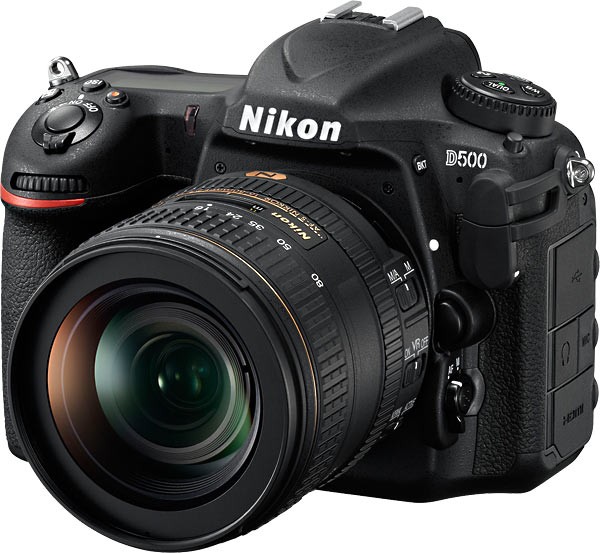
The arrival of Nikon’s D500 has been a long time coming. The last professional-grade D300s was out back in 2009, and if you consider that as a minor update to the D300, the range has taken more than nine years to update since 2007.
So, the preview that Nikon gave in Singapore earlier this week was a welcome one. An SLR camera like the D500, with a crop sensor, still has supporters in nature and sports photographers.
If you’re a Nikon fan, this is good news since Samsung and Canon have both showed off similar shooters earlier. It’s proof that the market is still there for such a professional camera.
It is easy to see why Nikon’s APS-C sensor, the DX format, still has its allure. Sure, you have high-resolution sensors in the Nikon D810, but if you end up cropping the images to a DX size, you’d start asking why you’re paying for a 36-megapixel camera in the first place.
High-resolution sensors also create huge files. More so if you want to work with both best resolution on RAW and JPEG format, which means the files will create a “backlog” in the camera as the images are saved to the memory card.
So it is fairly easy to see why the D810, with its 51 autofocus points, ISO at the maximum of 12,800 and the maximum of 5 frames per second burst shot, is not exactly cut out for nature and sports photography.
On the other hand, the smaller DX sensor on the D500 works better. It introduces a crop factor that allows a lens at, say 600mm, in focal length to reach the equivalent of 900mm (1.5x crop factor).
This works better than relying on a teleconverter. The shutter speed is maintained as the aperture settings is not affected.

After trying out the D500, I am impressed by Nikon’s new shooter. The familiar button layout for professional bodies is clearly preferred over the consumer bodies of D750 and D7200 with direct controls such as ISO, metering, white balance and image quality. Plus, the camera mode is on top of the camera rather than the back.
In terms of ergonomics, things have improved too. Size-wise, the camera is just right for my hands, providing a better shooting platform for serious work. I would still consider getting a vertical grip to incorporate extra batteries and a vertical shutter release button to improve the handling.
To be honest, I have expected the D500 to be a bit heavier. Still, at 1.1kg with a single battery and a 50mm f1.4 prime lens, it is acceptable. Of course, when matched with a more capable lens, the weight can increase and become an issue for some.
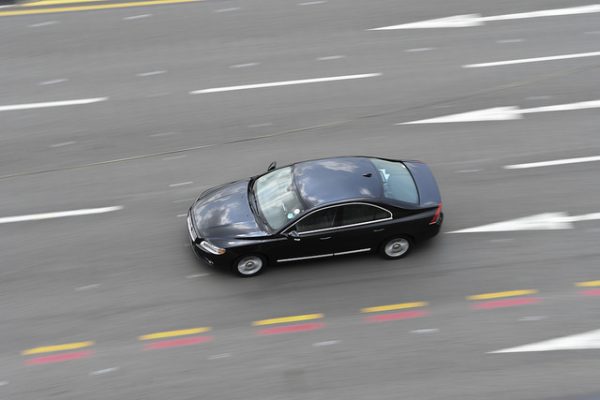
So what can we expect from the D500? Simply put, the camera is built for sports and nature photography.
At its Continuous – High exposure burst mode, you can expect 10 frames per second with the buffer able to take up to 200 shots of JPEG with 14-bit lossless compressed RAW files (RAW + JPEG) or 79 14-bit uncompressed RAW files (RAW only).
I wouldn’t shoot like Rambo going through an enemy camp with an M60 machine gun but having a few more shots during an action sequence does help. The D500 is certainly a step up from D810’s 5 fps.
The D500’s 153 autofocus (AF) points provide enough sensors to grab the subject in focus. Having a lot of AF points is just half the story. Where the AF points are in the frame is also key.
The D500 makes use of the same focusing system as the D5, which is a good thing. The difference is that the AF points are spread throughout the frame, making it easier to track a moving object.


The image quality from the D500’s 20.9 megapixel CMOS sensor with ISO 100 to 51,200 is definitely good enough for most shooters.
I was able to shoot great images indoors with ISO 3,200 to ISO 6,400. It helps to have a much faster shutter speed to “freeze” the subject.
Colour-wise, results from the new Nikon camera can be pretty subjective. Despite, its white balance doing a good job, I still find the skin tone a tad too warm.
I can definitely make out the shadow details too. I would still recommend getting a faster lens at f2.8 or lower for indoor shots and control the use of high ISO settings.
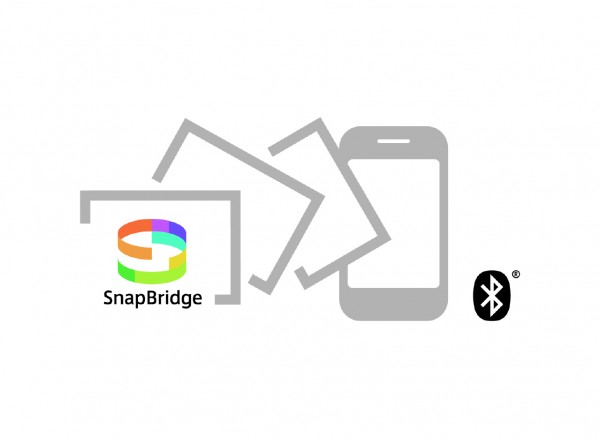
With social media being the rage these days, having a connected camera that allows uploading of high quality photos is definitely a feature that on-the-job photojournalists would appreciate.
Up till now, most such cameras are compact models. The Nikon D500 is the first professional-grade DSLR that provides live feeds to a connected device.
Called the Snapbridge, the feature automatically uploads your images to your phone or tablet whenever the camera “wakes up” the device via a Bluetooth connection.
The photos are uploaded even while you are shooting. Definitely better than shooting tethered to a laptop or desktop! One thing though – you’d have go get ready with 128GB microSD cards for your mobile devices if you are planning to use this.
The D500 also lets you slot in XQD memory cards, though you’d find it hard to find a cheap one around today. Even during the media launch test, I was given CompactFlash cards and SD cards.
It certainly looks like the D500 will be used primarily with the SD card slot for the foreseeable future. It makes you question the need for the dual memory card slots.
Not perfect but an interesting addition to its lineup, that’s how I’d describe my brief experience with the D500. It is out in Singapore by the end of April. Though local prices are not out yet, the camera can be bought in the United States for US$1,999.95 (body only).
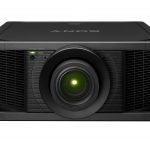
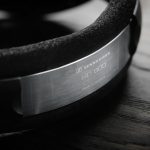





I’m not sure where the CompactFlash comment came from. It’s not even an option on the D500. In fact, neither of the two paragraphs near the end regarding memory cards made much sense to me. Regardless, if one wants to take advantage of really fast shooting, one will need to use the XQD. Buying this camera and not using it is fairly pointless. XQD cards may be expensive but not relative to the price of the camera itself.
From another site we’ve learned that this was the Singapore D5 and D500
introduction. So CF and SD cards being handed out makes perfect sense.
The writer just forgot to mention that tiny fact, no worlds are lost or
gone missing.
XQD cards are only needed for shooting ‘fast’ for a longer time. There is no need for XQD for shooting fast in 5 picture bursts in 10fps it does that without a problem. If you already own relatively or really fast SD cards, and the XQD prices are really high and you don’t outshoot your buffer on your camera until now, the advice to stay with (fast) SD for a little longer is good enough for 95% of the photogs.
Quick google for XQD prices in Singapore, the Sony G series 128gb (sold out, how do you shoot onto a card you don’t have and can’t buy?) 1063 singapore dollar = 782 U$. So, the relative card price towards the camera is a little worse then you think it might be.
Wow, that is a crazy price for an XQD. Although I never considered getting a 128GB, I have two XQD cards and my Lexar 2933x 64GB was about US$200 and my Lexar 2933x 32GB was about US$65 (although this one was on sale). I do wonder if SD is good enough, the D7200 may be a better option. At any rate, one can fill that slot with slower XQDs (roughly equivalent to the very fastest SDs) much more cheaply, at least here in the US.
it is good enough robRinas as far as i am concerned..there isn’t any noticeable lag…if there is, I would have said so.
If I am getting the camera, a cheap XQD would be the option for now. Such cards will get cheaper as more adopt the format…how soon? that remains to be seen.
Thanks for writing in.
It was the first price I could find with google, of course the smaller cards are cheaper but the price I quoted indicates that they are much much more deer then in the US. So the price per card in proportion to the price of the camera is very bad in Singapore.
The newest, fastest SD cards are faster then CF cards (lexar 2000x write speed 265MB/s in a good cardreader/writer). The avarage photograph won’t outshoot the buffer and one of these 2016 cards.
Yes of course you need XQD to fully enjoy the 200 picture buffer of the D500, but at 10fps you are shooting for 20 seconds in 1 burst. I’ve never done that. I’ve never needed that. But I’m not a pro.
Yeah the XQD cards not being widely spread and market prices not being settled down through widely availability makes one look at the D500 and ask, why Nikon, why not 2 SD/CFast
I was handled CF and SD and since are there Harold you should know as well. Key point is that there was no XQD given to really let us test the speed of the camera at its best.
But i concur we don’t really need it if we don’t shoot like a madman and have control burst at the point of action. So for that the SD card would suffice…just feel wasted we have paid for XQD slot when the cards are not readily available or available but cost and arm and leg.
Thanks for writing in!
If you are someone who values the amount paid to get something, you would want to make full use of the card.
There are two ways to look at this…firstly, you could argue that one is paying to future proof the purchase which is legitimate. However as a professional tool, you would use it with both slots as much as possible. Somehow we are forced to adopt the XQD just so we can have some back ups.
As for taking real fast shooting…how fast is fast? That is pretty subjective. I can take sports events during SEA games at 5 fps…not ideal but still can be done. Sometimes even with 12fps may not have the shots they want either.
So you are right, buying this and not using the XQD is fairly pointless and to me that’s a miscalculation on Nikon’s part. If there’s 2 SD card slots, D500 would have flew off the shelves much faster.
Overall nice article, but I am not convinced by your argument about XQD. It also throws into question your argument about the white balance. Here is a quote from Nikon:
“The two main benefits of the XQD format are its blazing fast read/write speeds (current and proposed for the future) and high capacity storage limit. The cards were introduced with a read/write speed of 125 MB/s [N series] and future series cards will be able to go as high as 500 MB/s and beyond. The projected maximum storage capacity of the card format is over 2 TB.
For photographers shooting sports, action and other fast paced events or Full HD video, it is vital to have a media card format that can keep up with the camera. XQD is the solution.
CompactFlash can only be developed to a specific speed and capacity. The format simply won’t be able to support the blazing fast shooting speeds and high capacity of RAW images and video that future cameras will require.”